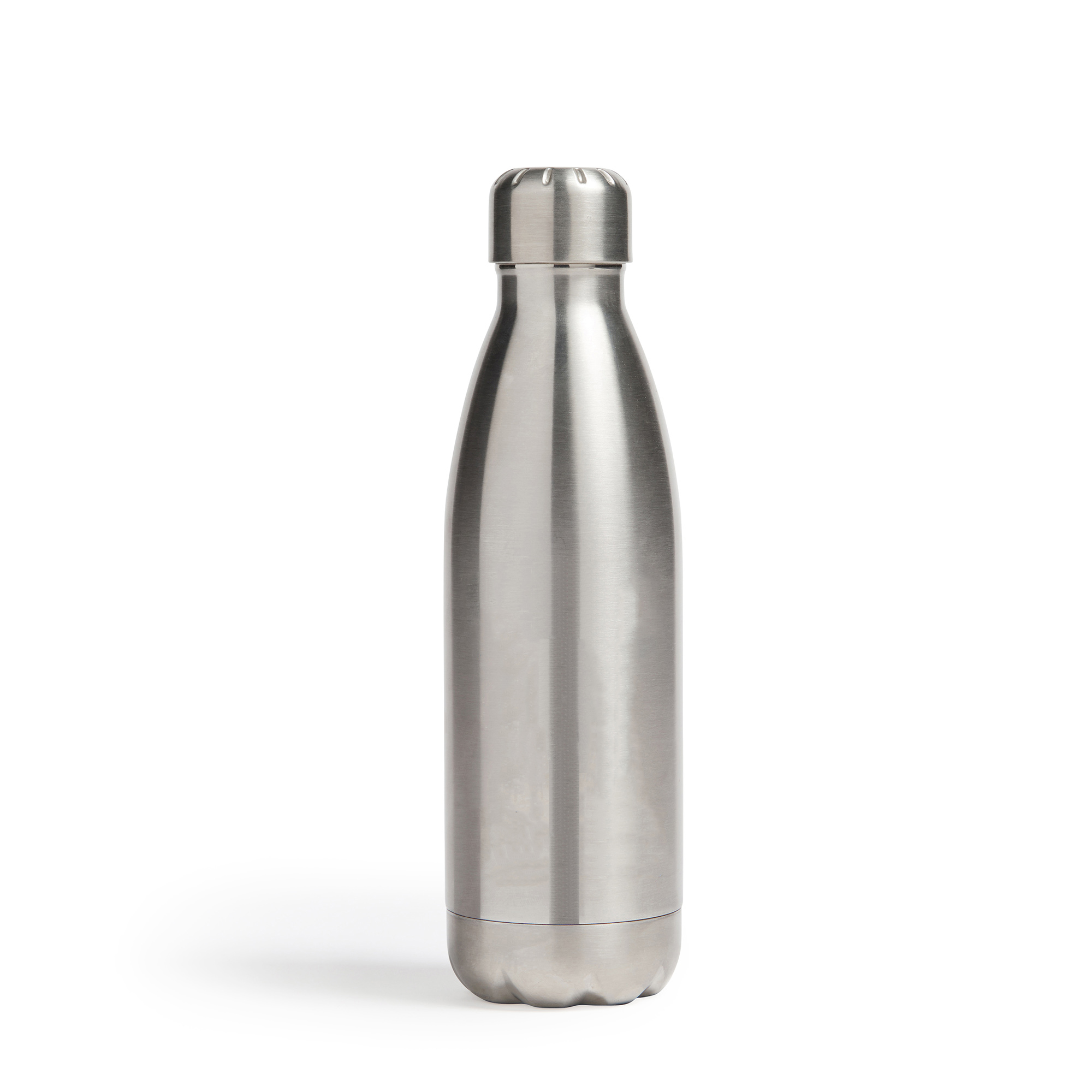The Ultimate HVAC Diffuser Buyer’s Guide: Choosing the Best for Efficiency and Quiet Operation in 2025

In today’s world of rising energy bills and hybrid work setups, a well-chosen HVAC diffuser isn’t just a vent—it’s the unsung hero ensuring your home or office stays comfortably cool in summer and toasty in winter without wasting a dime. As we head into 2025, with smarter homes demanding quieter, more efficient air distribution, selecting the right HVAC diffuser can cut your energy use by up to 25% while slashing noise to whisper levels. Whether you’re renovating a cozy living room or outfitting a bustling commercial space, this buyer’s guide breaks it all down. We’ll cover everything from types and sizing to top models and pro tips, so you walk away ready to upgrade your system for peak performance and peace. By the end, you’ll know exactly which HVAC diffuser fits your needs—efficient, silent, and built to last.
What Is an HVAC Diffuser and How Does It Actually Work?
Picture this: Your HVAC system pumps air through ducts like a high-pressure hose, but without a proper diffuser, it’s like spraying that air straight into the room—creating drafts, hot spots, and inefficiency. An HVAC diffuser is the terminal device at the duct’s end that transforms that forceful blast into a gentle, even flow, mixing it seamlessly with room air for uniform comfort.
At its core, a diffuser works through adjustable vanes, cones, or slots that control “throw” (how far the air travels), “spread” (the pattern of dispersion), and velocity (keeping it low to avoid turbulence). Noise criteria (NC) ratings measure sound—aim for NC 20-30 for quiet operation, as anything higher feels like a whooshing fan. Unlike grilles (which direct air outward) or registers (with dampers for volume control), diffusers prioritize diffusion over direction, making them ideal for open spaces. In 2025, with IAQ (indoor air quality) regulations tightening, these devices also help filter and circulate cleaner air, reducing allergens by promoting better mixing.
Why the Right HVAC Diffuser Saves You Money in 2025
With global energy prices spiking 15% year-over-year, no one wants an HVAC system that’s quietly bleeding cash. The right HVAC diffuser optimizes airflow, preventing your furnace or AC from overworking to compensate for uneven distribution. Studies from ASHRAE show that poor diffusion can waste 10-25% of your system’s energy—think longer run times and higher bills.
Here’s how it pays off:
- Even Temperature Control: No more cranking the thermostat because one corner’s chilly; balanced air means shorter cycles and lower kWh usage.
- Noise Reduction Perks: Quiet models (under 25dB) eliminate the need for add-ons like sound machines, saving on extras while boosting focus in home offices.
- Longevity Boost: Proper throw reduces strain on ducts and coils, extending equipment life by 20-30% and dodging costly repairs.
- Sustainability Edge: In 2025’s green-building boom, efficient diffusers qualify for rebates under programs like ENERGY STAR, potentially netting you $200-500 back.
The 7 Main Types of HVAC Diffusers You’ll See in 2025
Choosing the right style isn’t just about looks; each type dramatically changes how air moves, how quiet the room stays, and how efficiently your system runs. Here are the seven you’ll actually encounter on job sites and in showrooms this year:
Ceiling Round Diffusers (4-way, 3-cone, plaque)
The classic go-to for most homes and offices.
- 4-way louvered models throw air in all four directions – perfect for center-of-room placement.
- Plaque-style (flat face) offer the cleanest modern look and are gaining huge popularity in 2025 minimalist renovations.
- Best for 8–12 ft ceilings; throw up to 20 ft when sized correctly.
Linear Slot Diffusers
Architects love these for their sleek, almost invisible appearance.
- Installed in long continuous runs along walls or in suspended ceilings.
- Deliver a tight, horizontal “blade” of air – ideal for perimeter heating in cold climates or cooling along glass curtain walls.
- 2025 trend: integrated LED lighting strips inside the slot.
Square Plaque & Perforated Diffusers
Plaque diffusers give a soft, radial pattern with almost no visible cones. Perforated versions use thousands of tiny holes for ultra-low velocity.
- Quietest residential options – many hit NC-15 (barely audible).
- Favorite in bedrooms, recording studios, and luxury condos.
Swirl Diffusers
These create a dramatic helical (swirling) airflow that mixes room air extremely fast.
- Common in Europe, now exploding in North American high-end commercial and hotel projects.
- Excellent for high ceilings (15 ft+) and spaces needing rapid temperature equalization.
Displacement Diffusers
The quiet giants of 2025.
- Push low-velocity air at floor or low-wall level; warm air naturally rises and exits at the ceiling.
- Used heavily in hospitals, schools, and open-plan offices where silence and IAQ are non-negotiable.
Jet Nozzle Diffusers
The opposite of quiet – but perfect when you need to hurl air 50–100 ft (think airport terminals, gyms, warehouses).
- Fully adjustable 360° nozzles let technicians dial in direction on-site.
Scent-Enhanced HVAC Diffusers
Wellness meets HVAC – the fastest-growing niche this year. Instead of a separate plug-in or wall unit, these diffusers atomize pure essential oils directly into the supply airstream, scenting an entire home or office evenly and silently. Leading the category in 2025 are models from The Magic Scent, which install exactly like standard ceiling diffusers yet deliver spa-quality aromatherapy 24/7. Check out their full line of hvac diffuser scent systems that combine perfect air distribution with customizable fragrance schedules.
Key Features to Compare Before You Buy
Don’t just grab the cheapest one on the shelf. Run through this quick checklist:
- Material & Finish: Aluminum with baked enamel holds up best; avoid cheap plastic in humid climates.
- Adjustability: Look for removable cores or adjustable blades so you (or your tech) can fine-tune throw on-site.
- Noise Rating: NC-20 or lower for living spaces; anything above NC-35 will annoy you within a week.
- ADPI (Air Diffusion Performance Index): Aim for 80+ – means 80%+ of the room stays within ±2 °F of setpoint.
- Damper Included?: Opposed-blade dampers built into the neck make balancing a breeze.
- Condensation Control: Insulated backpans prevent “sweating” in hot/humid regions.
Top HVAC Diffuser Brands and Models in 2025
After reviewing contractor forums, ASHRAE journals, and real-world install data, these brands consistently rise to the top for reliability, quietness, and value:
- Titus: Still the gold standard. The Titus Omni (round) and Plexicon (plaque) series routinely test below NC-18 and hold perfect throw even at low CFM.
- Price Industries: Dominates commercial jobs; their SDV displacement and Phantom linear slots are 2025 favorites for LEED projects.
- Krueger: Best budget-to-performance ratio. The 5-cone 660 series is the #1 residential replacement pick on Amazon and SupplyHouse.
- Hart & Cooley / Airvector: Excellent painted finishes that match any décor; their AireGuard perforated line is a sleeper hit for bedrooms.
- The Magic Scent: The only brand seamlessly blending scent diffusion with standard HVAC performance. Their TMS-Pro and ceiling cassette models are now specified by luxury builders nationwide.
Quick 2025 comparison (residential 10″ round, ~350 CFM):
| Brand/Model | Avg. Price | NC Rating | Throw (ft) | Standout Feature |
| Titus Omni | $110–140 | 16–19 | 18–22 | Lifetime warranty |
| Krueger 660 | $65–85 | 20–24 | 16–20 | Easiest core removal |
| The Magic Scent Pro | $299–399 | 15–18 | 20–24 | Built-in cold-air atomization |
How to Size Your HVAC Diffuser Correctly (With Calculator Tips)
Oversized = noisy drafts. Undersized = dead zones. Follow this pro method:
- Calculate room CFM (use Manual J or online load calculator – most homes need 1 CFM per 1.2–1.5 sq ft of floor area).
- Choose neck size first (6″, 8″, 10″, 12″ are standard). Rule of thumb: 10″ neck ≈ 350–400 CFM at 0.10 in.wg.
- Check manufacturer throw tables at your exact CFM and static pressure.
- Free tools in 2025: Titus FlowBar app, Price Diffuser Selector, or The Magic Scent’s online sizing wizard.
Installation Mistakes That Ruin Performance (And How to Avoid Them)
Even the best diffuser flops if installed wrong. Top contractor confessions:
- Mounting too close to walls (<24″) – kills half the throw pattern.
- Forgetting to open the damper fully – starves airflow and raises noise.
- Installing upside-down (yes, it happens) – destroys the Coanda effect on ceiling models.
- Skipping flexible duct connectors – transmits vibration and noise.
- DIY tip: Always use a balancing hood or anemometer after install; a $300 investment saves thousands in callbacks.
Maintenance & Cleaning Schedule for Long-Life Diffusers
- Every 3–6 months: Vacuum face with brush attachment.
- Annually: Remove core and wash with mild soap (aluminum models only).
- Every 5–7 years: Inspect insulation and replace if moldy.
- Warning signs it’s time to upgrade: Rust spots, rattling at low speed, or throw reduced by >30%.
The Future Trend: HVAC Diffusers That Double as Scent Systems
In 2025, the hottest upgrade isn’t smarter thermostats – it’s diffusers that make your home smell like a five-star resort. Cold-air atomization technology now allows essential oils to travel safely through ducts without residue or HVAC damage. Want to wake up to lavender, focus with peppermint, and unwind with cedarwood – all on a schedule? That’s the new standard in luxury and wellness-focused homes. Ready to experience it? Visit The Magic Scent today and see why contractors and homeowners are calling these the biggest comfort upgrade of the decade.
Conclusion
Your HVAC diffuser is the final handshake between your expensive system and the air you actually breathe. In 2025, skimping here means louder operation, higher bills, and uneven rooms – while choosing wisely delivers near-silent, energy-stingy comfort that pays for itself fast.



